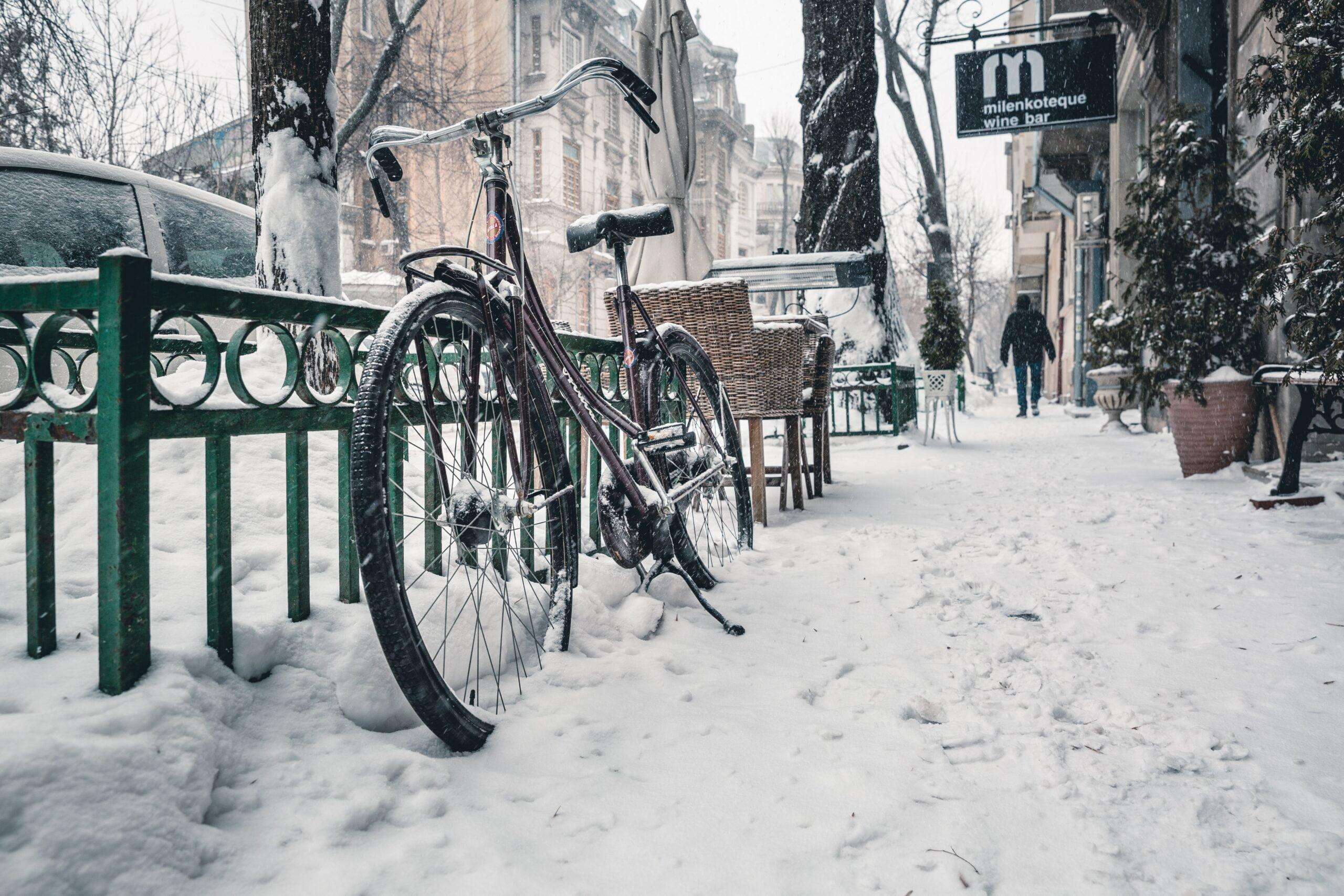As the winter comes to an end, many homeowners may face the risk of water damage from the melting snow. This can be a serious issue, as water damage can lead to mold growth, structural damage, and other costly repairs. Here are some tips on how to protect your home from water damage as the winter ends and the snow starts to melt.
- Clear Your Gutters and Downspouts
One of the most important things you can do to prevent water damage is to ensure that your gutters and downspouts are clear of debris. If your gutters are clogged, water can overflow and damage your roof, siding, and foundation. Make sure to clear your gutters and downspouts of leaves, branches, and other debris before the snow starts to melt.
- Check Your Roof for Damage
Winter weather can take a toll on your roof, and damage can go unnoticed until it’s too late. Check your roof for any signs of damage, such as missing or cracked shingles, before the snow melts. If you notice any damage, have it repaired as soon as possible to prevent water from entering your home.
- Ensure Proper Grading Around Your Home
The grade around your home can play a significant role in preventing water damage. If the ground around your home slopes towards your foundation, water can seep into your basement or crawl space. Make sure that the grade around your home slopes away from your foundation to prevent water from pooling near your home.
- Install Sump Pumps and Backflow Valves
If you live in an area that is prone to flooding or if you have experienced water damage in the past, it may be a good idea to install a sump pump and backflow valve. A sump pump can help to remove water from your basement or crawl space, while a backflow valve can prevent sewage from backing up into your home.
- Inspect Your Windows and Doors
Inspect your windows and doors for any gaps or cracks that could allow water to enter your home. If you notice any damage, have it repaired or replaced as soon as possible. Consider installing weather stripping to help prevent water from entering your home.
- Test Your Home’s Drainage System
Test your home’s drainage system to ensure that it is functioning properly. Pour water into your downspouts and observe how it flows away from your home. If water is pooling near your home, you may need to adjust your grading or install additional drainage solutions.
- Hire a Professional to Inspect Your Plumbing
As the winter ends and temperatures start to warm up, it’s a good idea to have a professional inspect your plumbing system for any leaks or damage. Leaking pipes can cause water damage and can also lead to high water bills. A professional plumber can identify any issues and make repairs before they become a problem.
In conclusion, protecting your home from water damage as the winter ends and the snow starts to melt is important for maintaining the integrity of your home. Clearing your gutters, checking your roof for damage, ensuring proper grading around your home, installing sump pumps and backflow valves, inspecting your windows and doors, testing your home’s drainage system, and hiring a professional to inspect your plumbing are all important steps you can take to prevent water damage. By taking these proactive measures, you can help to ensure that your home stays dry and damage-free.



